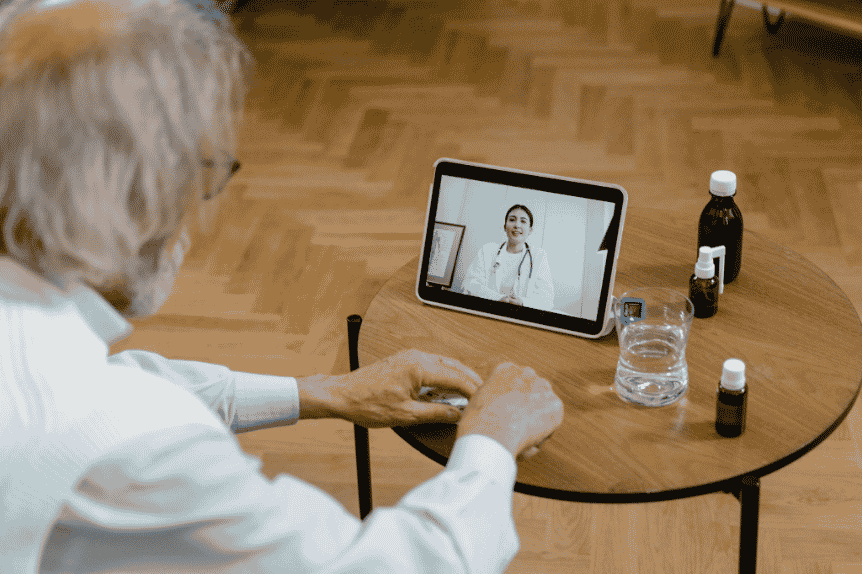Pain is a very common condition that occurs in people of all ages. It can be acute or chronic, with chronic pain being often more complex and unbearable, limiting a person’s capabilities and abilities to follow a daily routine.
The hardest part for patients suffering from chronic pain is finding the best pain relief method that works for them. While yoga and drug treatments can help, the vast advancements in technology have made it easier for people to deal with chronic pain.
For example, telemedicine has recently become one of the best ways to manage persistent pain symptoms. This approach involves using different electronic communications and software to diagnose and treat patients remotely.
In this article, we discuss how telemedicine has changed the way individuals can cope with chronic pain.

What is Telemedicine?
Telemedicine can be defined as the use of technology such as computers, videos, phones, or messaging to provide diagnosis and treatment of patients remotely. This approach has become one of the most striking evolutions in the healthcare industry in the last decade, and now it’s being used to evaluate, diagnose, and treat patients suffering from various medical conditions, including chronic pain.
Some common ways how telemedicine technology is being used in healthcare nowadays include:
- Conducting follow-up virtual visits with a health care provider, either through a phone call or video chat.
- Remote patient monitoring.
- Performing surgeries from a different location using robotic technology.
- Alarming caregivers about patients’ medical conditions.
- Sending health providers a message through a patient’s electronic health record (EHR).
The main role of telemedicine lies in the convenience it offers to both patients and medical practitioners by avoiding the necessity of going to the hospital for a physical visit to get advice or treatment.
The use of Virtual Reality for Treating Chronic Pain
Chronic pain therapy with virtual reality is becoming one of the more preferred options among patients to deal with their persistent pain symptoms. VR can be used in telemedicine as an advanced communication interface, which enables patients to receive treatment for chronic pain right from the comfort of their homes. Licensed VR physical and occupational therapists create a personalized treatment plan based on the needs of a patient and apply various therapies and interventions to help them cope with their chronic pain symptoms much more easily.
A typical VR chronic pain therapy session involves placing patients in an immersive environment using a VR headset where they can see serene images with calming audio effects that distract their brain from the pain they are feeling.
The strategies used in the VR sessions for chronic pain reduction include mindfulness, meditation, guided imagery, or cognitive behavioral therapy. All of these are used to control stress and mood, which can also greatly contribute to pain. If patients are able to treat those conditions with VR, they can also reduce their chronic pain symptoms.
Benefits of using Telemedicine for Chronic Pain
There are many benefits that come with using telemedicine as an alternative to in-person visits for treating chronic pain, both for patients and health care providers.
For example, for patients, using telemedicine means that people won’t have to go to the hospital to get medical advice or care for their chronic pain symptoms. Instead, they can talk to their doctor through a phone call or video to receive the treatment they need. This further reduces their travel expenses and time as they will be able to contact their caregiver at any time without having to travel to the nearest hospital.
On the other hand, providers can also greatly benefit from using telemedicine. Some of the benefits they get include increased revenue, improved office efficiency, better patient follow-up and improved health outcomes, and fewer missed appointments and cancellations.

Final Thoughts
If you are dealing with chronic pain, you no longer need to rely on traditional methods of pain relief. Instead, you can turn to telemedicine to get medical advice and treatment from healthcare providers from the comfort of your home. Telemedicine is the practice of diagnosing and treating patients through the use of various forms of electronic communications rather than having the patient physically present at the medical facility.
From using video chat to virtual reality, there are many ways telemedicine is now being used to help patients deal with their chronic pain symptoms better and more efficiently.
